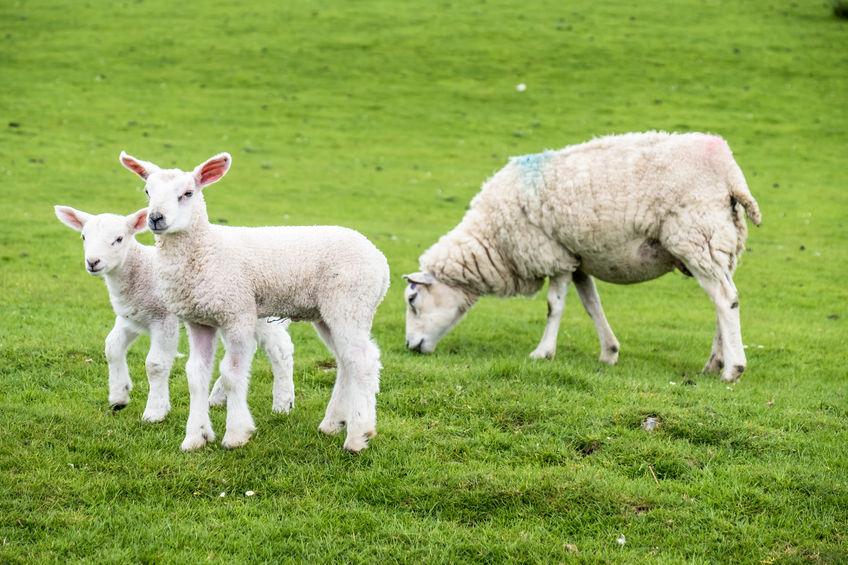
Cases of chronic liver fluke in sheep are being seen in parts of the UK following a high risk warning prompted by one of the wettest summers on record.
The prediction by the National Animal Disease Information Service (NADIS) for a high risk of liver fluke disease in North, West and central Scotland, West Wales and Cornwall this winter have been borne out by incidences recorded over recent months.
The high-risk warning followed a year with one of the wettest summers on record and higher than average rainfall in many parts of Britain.
The risk in Eastern Scotland and parts of South West and Northern England is predicted to be medium and most of Central and Eastern regions of England were forecast to be at low risk.
Recent reports from farmers support this general situation – but there are localised variations.
The Sustainable Control of Parasites in Sheep (SCOPS) and the Control of Worms Sustainably (COWS) say this means it is "very important" that farmers talk to their vet or advisor to find out what is happening in their area.
During the late winter, more cases of chronic and sub–acute liver fluke are being seen as the parasite matures in the host.
UK-wide reports
Highlights of reports collated by SCOPS and COWS show that in Scotland, liver fluke incidence as a % of total submissions, 2017/18 has been the highest winter level since 2012/13.
In Wales, numerous cases have been reported by APHA. In January and February, cases of chronic fluke in Western England and West Wales are reported.
In Cumbria, cases of sub-acute and chronic liver fluke have been reported with chronic liver fluke in North Yorkshire.
In the Bristol area, abortions in a flock have were associated with the presence of liver fluke disease.
A large Welsh abattoir reports a further increase in lamb liver condemnations due to fluke, rising from 2.8% in October to 5% in November and from 7.3% in January to 10.5% in February. This is significantly higher than the same month a year ago (7.8%) and underlines the fact that this winter is carrying a higher risk.
Assess risk
Reports of disease continue mainly from high-risk areas, and farmers are being urged to seek local information, assess risk and use tests, abattoir feedback and post mortems to inform on-farm control measures.
Re-infection, when treated animals are put back on to contaminated areas, is still a concern. Farmers need to remember that fluckicides do not have any persistent activity.
Poor pregnancy scanning results in sheep may be the first indication that there is a liver fluke problem on the farm and may be limited to only one group of sheep depending on the group’s autumn/winter grazing history.
